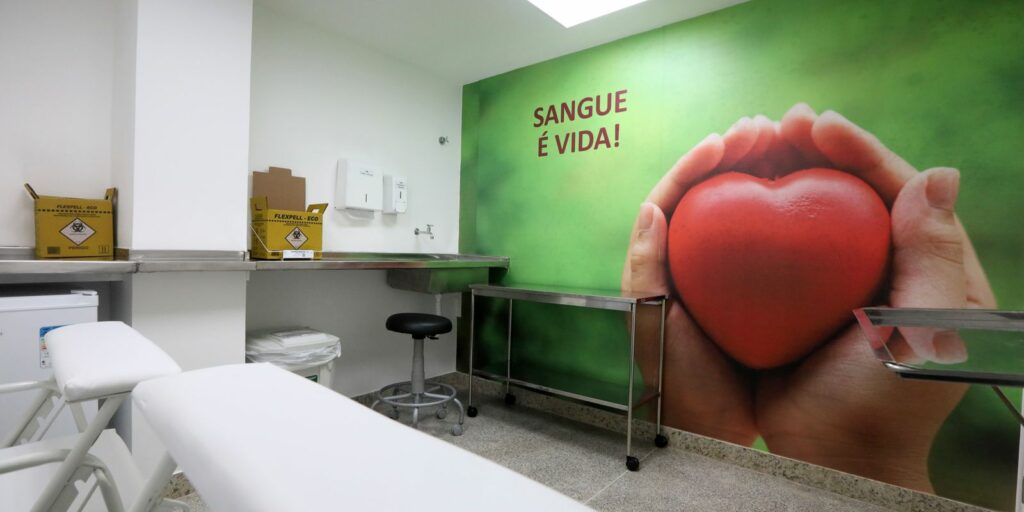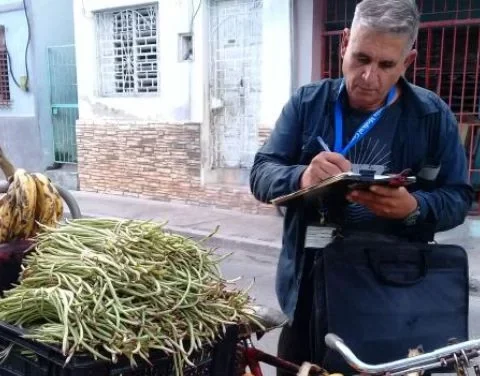This Tuesday, the INDEC (National Institute of Statistics and Censuses) will reveal the data on the inflation February, which is estimated to be between 5.5% and 6%, due to the high increases in items such as Food.
According to the latest Survey of Market Expectations (REM) published by the Central Bank (BCRA), for the second month of the year, the price index will be located at 6.1%, which moves away from the Government’s expectations of reaching 3% of inflation for april.
If the projections come true, it is expected that the inflation year-over-year exceeds 100%, since in January it stood at 94.8%, the highest figure in the last 30 years. However, the Government expects the indicator to be lower.
This, if one takes into account that an effect on the market is already seen with the implementation of Fair Prices, a program that the Government signed with businessmen in order to contain the escalation of prices during the first quarter of the year.

However, this measure would not be enough, since, with strong increases in Transportation, Rentals, Public Services, Clothing, among other items, the trend would continue to be high, at least during February and March.
Likewise, the indicator in the City of Buenos Aires, which serves as a benchmark for the general index, remained at 6% in February, which means that in the first two months of the year the accumulated index in CABA reached 13.7%. and that the rise in prices nationwide could be just as high.

In this way, the expectation of reaching an annual cumulative rate of 60% in 2023 is moving away, which the Government intends to meet the goals of the agreement with the IMF (International Monetary Fund).
What marked inflation in January
In January, the price index was located at 6%, an indicator that was driven by items such as Recreation and Culture, with an indicator that increased 9%. Next was Housing, Water, Electricity, Gas and other Fuels, with an 8% increase, the same as the Communications segment.

Likewise, Food and Non-Alcoholic Beverages rose 6.7%, due to increases in products such as round tomatoes, which increased 64.8%; oranges, which rose 48.9%; potatoes, 24.7%; apples, 31%, and lemons, 13.2%.
















